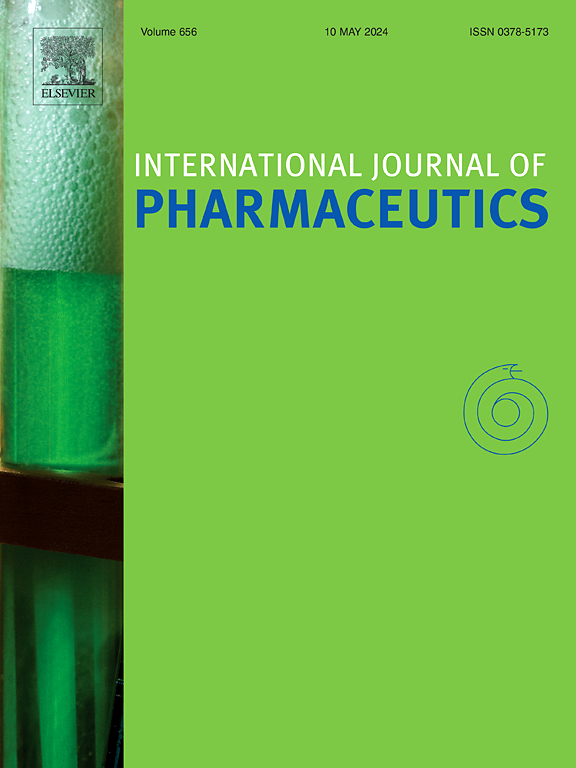A review on design rules for formulating amorphous solid dispersions based on drug-polymer interactions in aqueous environment
IF 5.3
2区 医学
Q1 PHARMACOLOGY & PHARMACY
引用次数: 0
Abstract
Amorphous solid dispersions (ASDs) are multi-component formulations in which a drug is molecularly dispersed in a carrier. ASDs undergo complex dissolution mechanisms to generate and sustain a supersaturated state of poorly soluble drugs. The link between enhanced solubility, supersaturation stability and drug-polymer interaction (DPI) is critical for the rational design of ASDs. The key mechanism responsible for a high bioavailability is the evolution of supersaturation during the dissolution of ASDs which is also the driving force for drug precipitation. A critical determinant of robust supersaturation generation and stability during dissolution is the molecular interaction between the drug and polymer. Characterization of DPI in a solution state is, however, challenging because of the poor hydrodynamic resolution of the techniques, traditionally used in solid-state analysis. Further, the dissolution conditions, such as the choice of buffer, pH and ionic strength may complicate the analyses and predictions. The role of DPI is a poorly understood aspect of ASD dissolution and therefore is an active area of research. DPI is critical for understanding the design rules for formulating an optimal ASD formulation. The review focuses on different aspects of DPI to stabilize the supersaturated state of a drug during the dissolution of ASDs.

基于水环境中药物-聚合物相互作用的非晶态固体分散体设计规则综述。
非晶固体分散体(ASDs)是一种多组分制剂,其中药物分子分散在载体中。asd经历复杂的溶解机制,以产生和维持低溶性药物的过饱和状态。提高溶解度、过饱和稳定性和药物-聚合物相互作用(DPI)之间的联系对于asd的合理设计至关重要。高生物利用度的关键机制是asd溶解过程中过饱和的演变,这也是药物沉淀的驱动力。药物和聚合物之间的分子相互作用是决定溶解过程中过饱和生成和稳定性的关键因素。然而,由于传统上用于固态分析的技术的水动力分辨率较差,因此表征溶液状态下的DPI具有挑战性。此外,溶解条件,如缓冲液的选择,pH值和离子强度可能使分析和预测复杂化。DPI的作用是ASD溶解的一个鲜为人知的方面,因此是一个活跃的研究领域。DPI对于理解制定最佳ASD配方的设计规则至关重要。本文综述了DPI在asd溶解过程中稳定药物过饱和状态的不同方面。
本文章由计算机程序翻译,如有差异,请以英文原文为准。
求助全文
约1分钟内获得全文
求助全文
来源期刊
CiteScore
10.70
自引率
8.60%
发文量
951
审稿时长
72 days
期刊介绍:
The International Journal of Pharmaceutics is the third most cited journal in the "Pharmacy & Pharmacology" category out of 366 journals, being the true home for pharmaceutical scientists concerned with the physical, chemical and biological properties of devices and delivery systems for drugs, vaccines and biologicals, including their design, manufacture and evaluation. This includes evaluation of the properties of drugs, excipients such as surfactants and polymers and novel materials. The journal has special sections on pharmaceutical nanotechnology and personalized medicines, and publishes research papers, reviews, commentaries and letters to the editor as well as special issues.

 求助内容:
求助内容: 应助结果提醒方式:
应助结果提醒方式:


